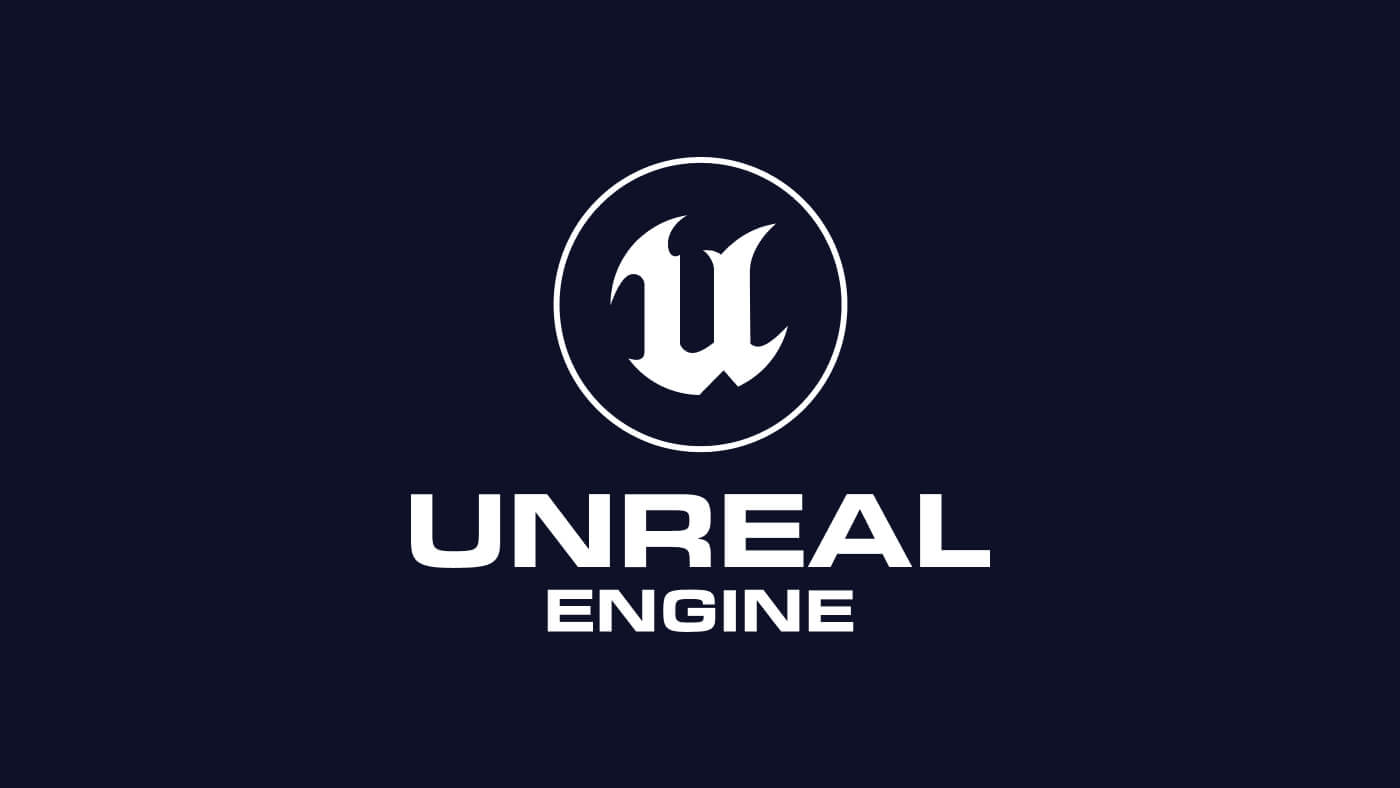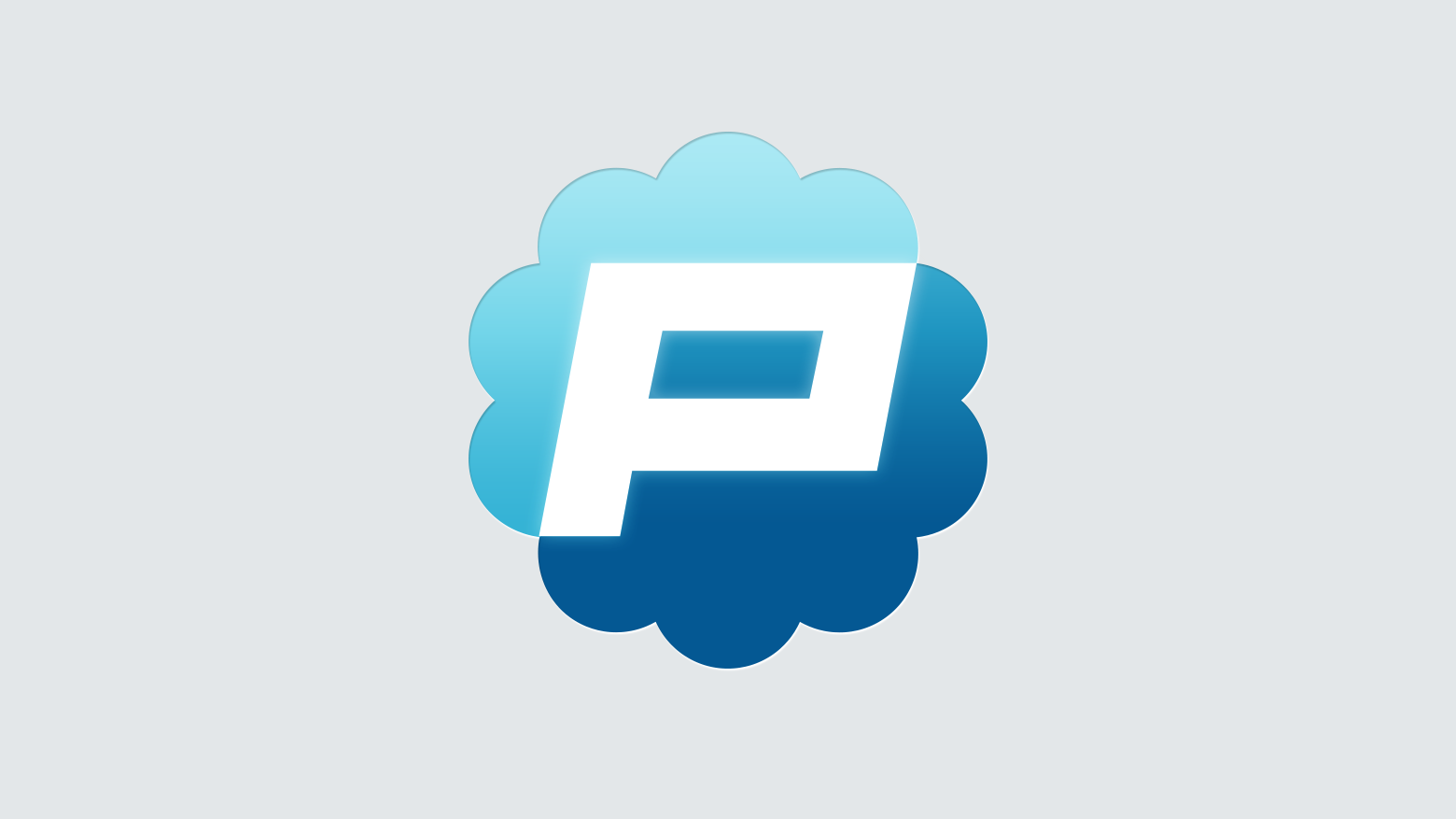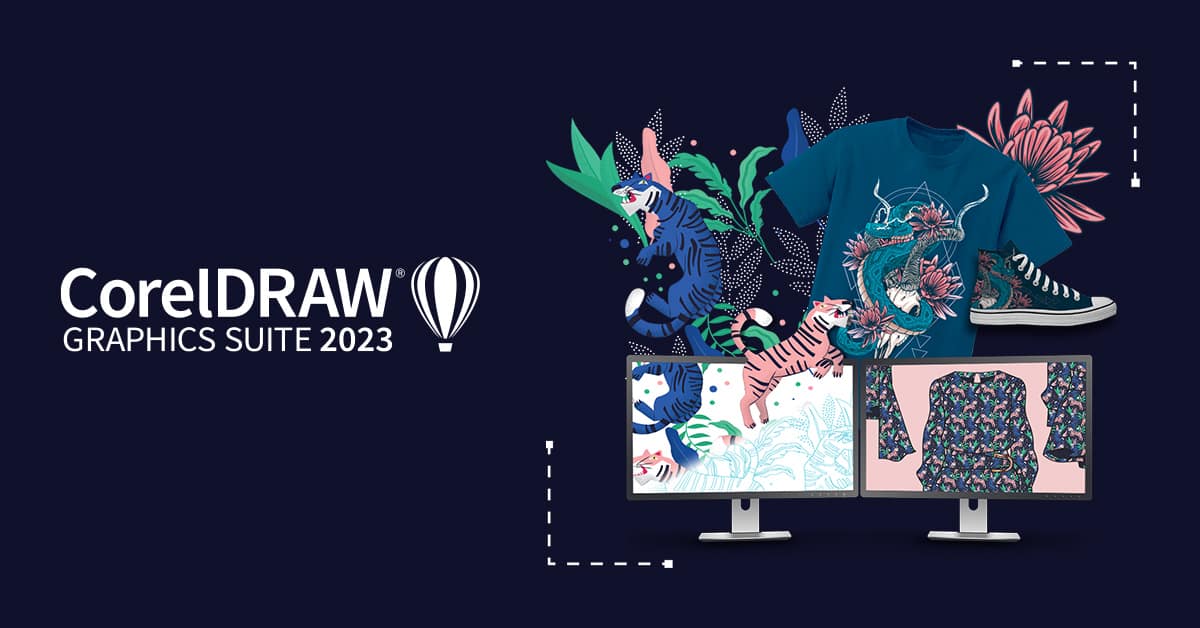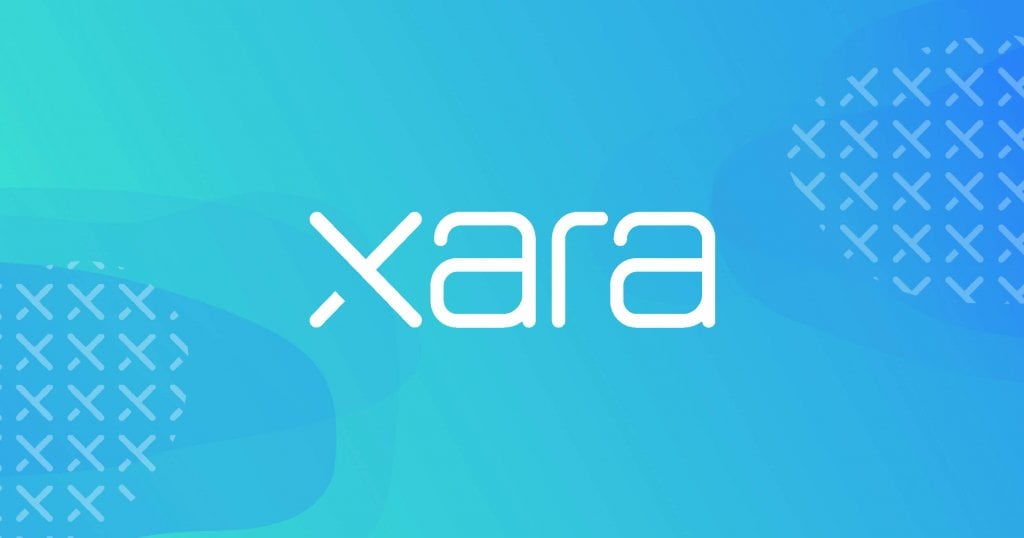Introduction
Desktop publishing software allows users to design and layout professional-looking publications like magazines, brochures, flyers and other print material from their computer. Whether you’re a graphic designer, artist, small business owner or publisher, having the right DTP tool can make your work more efficient and help you produce high-quality visual content. In this post, we evaluate 15 of the best desktop publishing software based on different criteria to help you find the right option.
Methods of Evaluation
To evaluate and rank the desktop publishing software, we considered several key factors – features and capabilities and suitability for different types of projects, ease of use, pricing, platform support, reviews and ratings from users, popularity based on number of downloads/users, community support and activity like number of blog posts, forums, tutorials and backlinks. We also looked at trends over the past year for keyword phrases related to each software to understand their relevance.
1. Apple Pages
Apple Pages is desktop publishing software developed by Apple Inc. for macOS. It allows users to design, edit and publish page layout documents such as flyers, newsletters, brochures, catalogs and books. Some key features include professional page layouts, templates for a variety of documents and flyers, and integration with other iWork apps like Numbers and Keynote.
Pros: Some key advantages of Apple Pages include:
– Native macOS desktop publishing software
– Simple templates for a variety of documents and flyers
– Tight integration with other apps in the iWork suite like Numbers and Keynote
– Mobile apps allow for editing documents on iPad and iPhone
Cons: A potential disadvantage is that Pages is only available on Apple devices running macOS. Users on Windows will need to use alternative publishing software.
Pricing: Apple Pages is included for free with every new Mac. Additionally, the app is available to download from the Mac App Store for $9.99. An active iCloud subscription is required for cloud storage and syncing of Pages files across Apple devices.
Some key stats about Apple Pages include:
– Over 100 million users globally
– Integrated with macOS and other Apple devices
– Templates for resumes, cards, invitations and more
– Mobile apps for iPad and iPhone for editing documents on the go
2. Adobe InDesign
Adobe InDesign is a desktop publishing and layout software developed by Adobe Inc. It is used by designers, publishers and others involved in page layout and multi-page document creation. InDesign offers powerful tools for organizing and arranging text, graphics and visual elements on the page.
Pros: The main advantages of Adobe InDesign include:
– Very powerful and flexible layout tool
– Wide range of templates and presets
– Excellent integration with Adobe Creative Cloud apps
– Industry standard for print & digital publishing
Cons: One potential disadvantage is that InDesign has a steep learning curve compared to other layout programs. It also requires a Creative Cloud subscription to use the latest version.
Pricing: Adobe InDesign is only available through a Creative Cloud subscription. Pricing starts at $19.99/month for the individual plan which includes InDesign along with other Creative Cloud apps.
Some key stats about Adobe InDesign include:
– Over 15 million users worldwide
– Used by over 80% of magazine and catalog publishers
– Part of the Adobe Creative Cloud suite of apps along with Photoshop and Illustrator
3. GIMP
GIMP (GNU Image Manipulation Program) is a free and open-source raster graphics editor used for image retouching and editing, free-form drawing, converting between different image formats, and more. Developed by the GIMP Development Team and available for Linux, Windows and macOS, GIMP is an alternative to proprietary photo editing software like Adobe Photoshop.
Pros: Some key advantages of GIMP include:
– Free to download and use with no time limits or watermarks
– Open source code means it can be independently verified, modified and permanently maintained by its developer community
– Wide range of selection, painting and transformation tools similar to Photoshop
– Plug-ins expand functionality and keep GIMP continuously updated with new features
Cons: The main disadvantages of GIMP include:
– Can have a somewhat steeper learning curve versus Photoshop due to differences in UI and keyboard shortcuts
– Lacks a few advanced capabilities found in Photoshop like content-aware fill
– Interface customization options aren’t as extensive as Photoshop’s
– Support community and educational resources are not quite as large as Photoshop’s
Pricing: GIMP is completely free to download and use with no monthly or annual subscription fees. While it lacks some premium features of Photoshop, the zero dollar cost versus Photoshop’s $10-20 per month subscription make it very appealing to budget-conscious users.
Some key facts about GIMP include:
– Over 30 years in active development since its initial debut in 1995
– Used by both casual photo editors and professional graphic designers
– Over 100 built-in brushes, gradients and patterns for image manipulation
– Layer-based interface similar to Photoshop allows non-destructive editing
GIMPGIMP – The GNU Image Manipulation Program: The Free and Open Source Image Editorgimp.org
4. Blender
Blender is a free and open-source 3D content creation suite available for all major operating systems including Windows, MacOS, and Linux. Originally developed as an in-house tool for animation and visual effects work, Blender has since matured into a full-featured 3D content creation tool with an active community of users and developers.
Pros: Some key advantages of Blender include:
– Free and open source software, no licensing fees
– Powerful 3D modeling, sculpting, animation, simulation, rendering, compositing, and video editing tools
– Large active community producing tutorials, help documentation and add-ons
– Cross-platform, runs on Windows, Mac and Linux
– Constant updates and new feature additions through active developer community
Cons: As open source software, Blender has fewer dedicated resources compared to paid commercial applications. This can sometimes lead to slower development of certain advanced features.
Pricing: Blender is completely free to download and use. There are no licensing fees or costs associated with using Blender for personal, academic, or commercial projects.
Some key stats about Blender include:
– Used professionally in many films, games, and design studios worldwide
– Constant active development with regular feature releases
– Large ecosystem of add-ons that extend Blender’s capabilities
– Millions of downloads each year both for commercial and non-commercial use
BlenderThe Freedom to Createblender.org
5. Webflow
Webflow is a visual web design tool that allows users to create fully customizable websites without writing code. Founded in 2013 and based in San Francisco, Webflow utilizes a visual drag-and-drop interface for composing page layouts and designing web pages. Webflow websites can be hosted on Webflow’s own servers or exported to code for self-hosting.
Pros: Some key advantages of Webflow include: – Visual drag-and-drop interface for composing pages and site structures – Built-in CMS for managing content without code – Fully responsive design that adapts to any screen size – Ability to export custom code for further development – Version control and live previews during development
Cons: A potential disadvantage of Webflow is that advanced customizations may require knowledge of CSS, HTML, and JavaScript. While the visual editor handles many tasks, specialty features often require code editing and troubleshooting.
Pricing: Webflow offers three pricing tiers: Basic ($16/month), Business ($48/month), and Enterprise (custom pricing). The Basic plan supports a single user and is suitable for small personal projects. Business and Enterprise plans offer unlimited users, higher storage limits, priority support, and additional features targeted towards agencies and large businesses.
Some key stats about Webflow include: – Over 250,000 websites created on the platform – Used by companies like Apple, Nike, and Spotify – Features include a built-in CMS, custom domains, and A/B testing – 30+ premium integrations including Shopify, Adobe, and Slack
6. Inkscape
Inkscape is a free and open-source vector graphics editor. It supports SVG, a W3C open standard vector graphics file format. Using Inkscape, you can create vector graphics like logos, icons, illustrations, diagrams and more. Being open source, it is free to download and use on Windows, Mac and Linux machines.
Pros: Some key advantages of using Inkscape include:
– Free and open source software – No licensing costs
– Advanced vector drawing tools for creating complex graphics
– Customizable interface and keybindings for efficiency
– Extensive support for importing and exporting file formats
– Great community and developer support with regular updates
Cons: One potential disadvantage of Inkscape could be the steep learning curve initially to master advanced features. However, the thorough documentation and tutorials make it easier to learn.
Pricing: Inkscape is completely free and open source software. There is no cost to download or use the software indefinitely on personal or commercial projects.
Some key stats about Inkscape:
– Over 20 million downloads to date
– Actively developed since 2001
– Support for advanced vector features like blending, extruding, gradients etc.
– Compatible with SVG and other formats like PDF, PNG, JPEG, EPS etc.
7. Unreal Engine
Unreal Engine is a free game engine developed by Epic Games that allows creators to develop photorealistic 3D experiences and games across multiple platforms including PC, consoles, mobile, VR and AR. With a visually powerful development suite and Blueprint visual scripting that makes coding easier, Unreal Engine has become the world’s most open and advanced real-time 3D creation tool.
Pros: Some key advantages of Unreal Engine include:
– Leading free and commercial game engine widely used by both indie developers and major studios
– Powerful tools for building sophisticated 3D environments, characters and gameplay
– Blueprint visual scripting that allows even non-coders to create complex logic and mechanics
– Robust suite of rendering, animation and audio tools for creating photorealistic results
– Extensive documentation and tutorials as well as a large community for help and support
Cons: One potential disadvantage is the large learning curve to fully utilize Unreal Engine’s powerful but complex toolset. However, Blueprint visual scripting has significantly reduced barriers for non-coders.
Pricing: Unreal Engine has a clear freemium pricing model. The engine and source code are completely free to use. When a product exceeds $1 million in revenue, Epic charges a 5% royalty on gross revenue. Alternatively, developers can purchase Unreal Engine marketplace assets and services. For commercial licenses, rates are 5% for the first $3,000 per game per month and up to 20% of revenue thereafter.
Some key stats about Unreal Engine include:
– Used in over 50% of AAA console/PC games
– Over 5 million registered developers
– Supported on all major game platforms including Windows, macOS, iOS, Android, PlayStation, Xbox, Nintendo Switch, VR and more
– Extensive asset store with thousands of high-quality, affordable plugins and assets
8. PaintShop Pro
PaintShop Pro is a full-featured yet affordable graphic design and photo editing software developed by Corel. With over 25 years of development, it has become one of the most popular desktop publishing software options for both casual users and professionals.
Pros: Some key advantages of PaintShop Pro include:
– Image editing & graphic design software
– Advanced selection & masking tools
– Layer compositing, gradients & blends
– Easy for beginners but powerful features for experts
Cons: One potential disadvantage is that PaintShop Pro may not be as well known as some competitors like Photoshop which could make it more difficult to find tutorials and community support online.
Pricing: PaintShop Pro pricing starts at $79.99 for a standard 1-user license. Educational discounts and bundles with other Corel software are also available. A free trial can be downloaded from the Corel website to test all features before purchasing.
Some key stats about PaintShop Pro include:
– Over 20 million downloads worldwide
– Available for Windows and Mac
– Integrated with CorelDRAW Graphics Suite
– Quarterly feature updates and continuous improvements
9. Serif PagePlus
Serif PagePlus is desktop publishing software developed by Serif, a software developer based in the United Kingdom. It is designed to allow users to design, layout, and publish page-based documents such as magazines, newsletters, brochures, and more. Some key features include text and object formatting tools, image manipulation, master pages, layers, and the ability to export to PDF.
Pros: Some key advantages of Serif PagePlus include:
– Affordable pricing starting at $79 for a single-user license
– Easy to use interface designed for both beginners and professionals
– Includes basic page layout and design tools for creating multi-page documents
– Robust formatting options for text, graphics and other page elements
– Imports and exports many popular file formats for cross-program use
Cons: A potential disadvantage of Serif PagePlus is that it is better suited for basic desktop publishing tasks rather than highly complex layouts or design work. More advanced programs like InDesign may have more robust professional-level features.
Pricing: Serif PagePlus is available in a few different pricing tiers:
– Single User: $79 one-time purchase
– Family Pack: $99 for 3 licenses
– Small Workgroup: $249 for 5 licenses
– Subscription plans also available starting at $8/month
Some key stats about Serif PagePlus include:
– Over 2 million users worldwide
– Compatible with Windows and Mac OS
– Supports over 40 different page sizes
– Imports files from Microsoft Word, Photoshop, Illustrator and more
– Exports to PDF, HTML and image formats
10. Lucidchart
Lucidchart is an online diagramming and workflow tool that allows users to create flowcharts, mockups, UML diagrams, and more. Founded in 2013, Lucidchart’s intelligent diagramming platform enables visual collaboration in real time.
Pros: Some key advantages of Lucidchart include:
– Intuitive and easy-to-use interface
– Real-time collaboration allows multiple users to edit diagrams simultaneously
– Features for basic page layout and graphics beyond just diagrams
– Large library of templates and shapes to get started quickly
– Integrations with other tools for sharing and exporting
Cons: One potential disadvantage is that the free plan only allows for 5mb of file uploads which may not be sufficient for more complex diagrams or documentation.
Pricing: Lucidchart offers four paid tiers:
– Personal – $9.99/month billed annually
– Team – $14.99/month billed annually
– Enterprise – Custom pricing for larger organizations
– Education – Discount pricing for teachers and students
Some key stats about Lucidchart include:
– Used by over 15 million people worldwide
– Available in over 25 languages
– Integrations with apps like Google Workspace, Microsoft Teams, Atlassian, and others
– Cloud-based software that can be accessed from any device with an internet connection
11. Sketch
Sketch is a cross-platform UI design and prototyping tool developed by Bohemian Coding. With over a decade in the market, Sketch has become one of the most popular graphic design applications, particularly for UI/UX design. It allows designers to design user interfaces, wireframes, mockups and more using vector graphics. Sketch also features design systems, component libraries and style sheets to help teams work consistently and efficiently.
Pros: Some of the key advantages of Sketch include: – Intuitive vector graphics interface tailored for UI design – Powerful prototyping features to create functional click-through prototypes – Built-in style sheets, components and design systems for scalable and consistent design – Collaboration features through Sketch Cloud to work with teammates – Freehand drawing tools to quickly sketch wireframes and ideas
Cons: One of the main disadvantages of Sketch is that it is currently only available for macOS. So designers using Windows will need to use alternative apps. It also lacks some advanced vector editing features found in Illustrator.
Pricing: Sketch has a free trial available. After the trial, a perpetual license costs $99 per user. Subscription plans starting from $99/month are also available which include additional benefits like team collaboration, cloud storage and access to older Sketch versions.
Some key stats and facts about Sketch include: – Over 5 million designers use Sketch worldwide – Supports Mac only but can export to common formats like PDF, PNG, JPG – Features robust vector shapes, text, style sheets and components for building design systems – Integrates directly with Photoshop, Illustrator and other tools through Sketch Cloud – Widely adopted by UI/UX teams and digital agencies for collaborative prototypes
12. Coda
Coda is a desktop publishing and web development tool created by Panic. Panic is known for creating top-quality apps for developers and games. Coda is their code editor optimized for building websites. It provides markup templates, integrated live preview, and mockup tools to aid the web development process.
Pros: Some key advantages of Coda include:
– Built-in templates and reusable components for faster site building
– Live editing experience with split-screen HTML/CSS/JS editing and live preview
– Integrated mockup tool to design pages visually before writing code
– Collaboration tools to work on projects with other teammates
Cons: The main disadvantage is that Coda is only available on macOS, so it cannot be used on Windows or Linux machines.
Pricing: Coda has the following pricing plans:
– Individual: $59 per year
– Business: $99 per year (unlimited users)
– Education: $29 per year
There is also a free 14-day trial available to test the software.
Some key stats about Coda include:
– Used by over 500,000 developers and designers worldwide
– Available on macOS only
– Supports HTML, CSS, JavaScript and many other languages out of the box
13. CorelDraw
CorelDraw is a professional graphic design and desktop publishing software developed by Corel Corporation. It allows users to create vector images, graphics, layouts and icons. Some key capabilities include illustration, layout, photo editing, barcode creation and technical drawing.
Pros: Some key advantages of CorelDraw include:
– Affordable vector illustration & layout tool
– Intuitive interface for graphics & design
– Ready-made templates for quick project creation
– Ability to export to PDF, web formats like JPEG, PNG and print
Cons: One potential disadvantage is that it may not be as full-featured as dedicated illustration software like Adobe Illustrator depending on the complexity of the project.
Pricing: CorelDraw pricing starts from $229 for a single-app license. Discounts are available for educational purchases. Corel also offers an affordable CorelDRAW Graphics Suite which includes CorelDraw, Photo-Paint and other apps for $349.
Some key stats about CorelDraw include:
– Over 35 million licensed users worldwide
– Available on Windows and Mac
– Integrates with other Corel creative software such as Corel Photo-Paint
– Supports Adobe PDF, EPS, AI file formats for export
14. Xara Designer Pro
Xara Designer Pro is affordable vector illustration and desktop publishing software developed by Xara. It provides professional design features like blend, envelopes, gradients and templates for graphic design, logo creation and web mockups. Xara Designer Pro allows users to create vector graphics, page layouts, web graphics and more.
Pros: Some of the key advantages of Xara Designer Pro include:
– Affordable one-time purchase price with no monthly subscription fees.
– Includes professional vector drawing and layout tools.
– Large library of templates for graphics, logos, web pages and more.
– Easy to use interface suitable for beginners and experts.
– Exports to major formats like PDF, JPG, PNG, WebP and others.
Cons: One potential disadvantage is that Xara Designer Pro may not have as extensive a feature set when compared to the highest-end professional design programs. However, for most small businesses and individual users, it offers excellent features at a very affordable price.
Pricing: Xara Designer Pro pricing starts at $49.99 for a single-user license. Educational and discounted volume licenses are also available. There are no ongoing subscription fees to use the software once purchased.
Some key stats about Xara Designer Pro include:
– Over 30 years in business as a digital publishing software company.
– Used by over 5 million designers, students and small businesses worldwide.
– Available on Windows and Mac operating systems.
– Integrates with Adobe InDesign, Photoshop, Illustrator and CorelDRAW.
15. Balsamiq
Balsamiq is a leading desktop publishing software known for its iconic wireframing tool. The company was founded in 2004 and is based in Sacramento, California. Their flagship product, Balsamiq Wireframes, is a rapid wireframing tool that allows product designers and UX professionals to create low-fidelity mockups and site maps of interfaces and applications.
Pros: Some key advantages of Balsamiq Wireframes include: – Iconic wireframing tool optimized for interfaces – Mockup page templates included to shortcut design process – Collaboration through real-time sharing allows for feedback and input from stakeholders – Simple yet powerful interface makes it easy to create wireframes rapidly
Cons: A potential disadvantage is that as a wireframing tool, Balsamiq Wireframes does not allow for higher fidelity visual design and prototyping. It is best used for mockups and site maps in the early conceptual and planning stages of a project.
Pricing: Balsamiq Wireframes offers 3 pricing tiers – Personal ($59/year), Pro ($99/year) and Business (prices varying based on team size). The Personal plan covers an individual user while Pro and Business unlock additional features like version control and assigned roles for teams.
Some key stats about Balsamiq Wireframes include: – Used by over 5 million designers globally – Trusted by over 90% of Fortune 100 companies – Supports collaboration through real-time sharing and comments – Includes 150+ pre-designed page templates for common layouts like desktop, mobile, web pages
Conclusion
All the desktop publishing software listed here are excellent options offering powerful features for graphic designers, publishers and others working on layout-heavy projects. The right choice depends on your specific workflow and budget. Popular multi-purpose tools like Adobe InDesign and Affinity Publisher are industry standards but costly. Free and open source tools like GIMP and Inkscape offer great value. We hope this evaluation helps you choose the most suitable desktop publishing software for your needs. Let us know if you have any other questions.
















